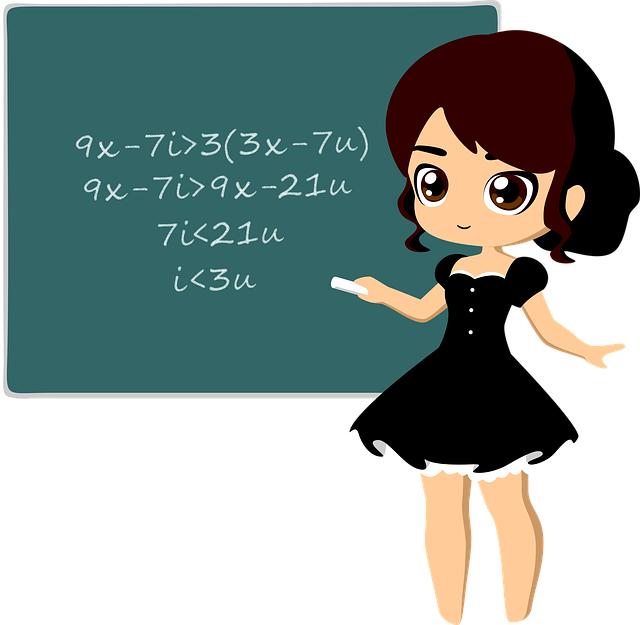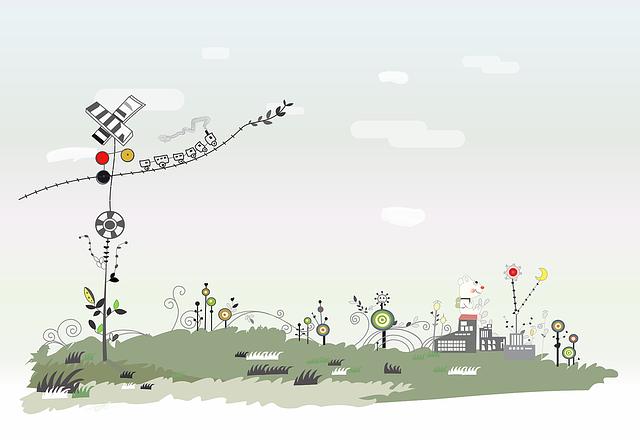In the heart of South Asia, where vibrant cultures and rich histories intertwine, lies a complex tapestry of inequality that challenges the very foundations of society. Pakistan, a nation teeming with potential and diversity, grapples with stark disparities that echo across its urban landscapes and rural hinterlands. As the struggle for social justice unfolds, the voices of the marginalized and the aspirations of the disenfranchised rise to the forefront, demanding recognition and reform. This article delves into the multifaceted dimensions of inequality in Pakistan, exploring the societal, economic, and political barriers that persist, and shining a light on the courageous movements and individuals who strive for a more equitable future. Through the lens of hope and resilience, we will navigate the intricacies of this ongoing struggle, unveiling the stories that drive the quest for social justice in a nation at a crossroads.
Understanding the Roots of Inequality in Pakistans Social Fabric
The fabric of Pakistan’s society is intricately woven with threads of class, caste, ethnicity, and gender, all of which contribute to the persistent inequalities affecting millions. Historical context plays a pivotal role, with colonial legacies embedding social hierarchies that continue to influence access to resources and opportunities. The rural-urban divide exacerbates this disparity, as those in urban centers often benefit from better educational and health services compared to their rural counterparts. Additionally, the discrimination faced by marginalized groups—such as women, ethnic minorities, and the lower socio-economic classes—deepens the chasm of inequality, leading to cycles of poverty and disenfranchisement that are challenging to break.
Moreover, the intersectionality of various social identities compounds these challenges. For instance, women from lower socio-economic backgrounds face a dual burden of gender and economic inequality, limiting their participation in the workforce and decision-making processes. Systemic barriers within political, economic, and educational institutions further entrench these inequalities, making it difficult for disadvantaged populations to advocate for their rights. Addressing the roots of inequality requires not just policy changes but also an active commitment from all sectors of society to foster inclusive practices. The following table illustrates some key contributors to inequality in Pakistan:
| Factor | Impact on Inequality |
|---|---|
| Education Access | Limited opportunities reinforce class divisions. |
| Economic Disparities | Wealth concentration in urban areas exacerbates poverty. |
| Gender Discrimination | Impairs women’s socio-economic advancement. |
| Ethnic Tensions | Fuels divisions and hinders national unity. |

Amplifying Voices: The Role of Grassroots Movements in Social Justice
In the vibrant tapestry of Pakistan’s social landscape, grassroots movements have emerged as powerful catalysts for change, addressing the multifaceted issues of inequality and injustice that permeate society. These movements are often driven by ordinary citizens who mobilize to challenge oppressive structures, advocate for marginalized communities, and amplify voices that would otherwise remain unheard. Their efforts often manifest in various forms, including community organizing, protests, and digital activism, each aimed at raising awareness and inspiring collective action. Through these actions, grassroots movements not only highlight the specific injustices faced by different groups but also foster a sense of solidarity among diverse populations, reminding us that unity is essential in the struggle for equity.
The impact of these grassroots initiatives can be seen across numerous sectors, from education and healthcare to environmental justice and women’s rights. By prioritizing local narratives and experiences, these movements challenge mainstream discourses that often overlook critical issues faced by the vulnerable. Consider the following key areas where grassroots efforts have made significant strides:
| Sector | Grassroots Movement Impact |
|---|---|
| Education | Establishment of community schools to serve underprivileged regions. |
| Health | Promotion of accessible healthcare services in remote areas. |
| Women’s Rights | Campaigns against domestic violence and for legal reforms. |
| Environmental Justice | Grassroots campaigns for sustainable practices and pollution control. |
Engaging in dialogue and building networks both nationally and internationally, these movements challenge the systemic barriers that perpetuate inequality. Through art, storytelling, and mobilization, they seek not just to create awareness but to demand actionable change from those in power. In the face of adversity, the voices of citizens grow louder, echoing the urgent call for justice and equality.

Education and Empowerment: Key Strategies for Bridging the Gap
To address the persistent inequalities in Pakistan, it is crucial to implement educational initiatives that prioritize accessibility, quality, and relevance. Educational reforms should focus on creating inclusive environments that cater to marginalized communities, particularly those in rural areas and among underprivileged socio-economic groups. Strategic partnerships with non-governmental organizations can facilitate the provision of resources and training, ensuring that schools are equipped with the necessary tools to educate effectively. Additionally, integrating technology into the curriculum can enhance learning experiences and bridge the knowledge gap faced by students from diverse backgrounds.
Empowerment through education goes beyond providing information; it also involves fostering critical thinking and encouraging civic engagement among youth. Promoting life skills education and entrepreneurship can equip students with the ability to navigate complex socio-economic landscapes, leading to self-sufficiency and community development. Furthermore, targeted programs aimed at young women can help dismantle gender barriers, enabling future generations to participate fully in society. By focusing on these dimensions, education can play a transformative role in nurturing a socially just environment that fosters equality.

Policy Reforms for a Fairer Future: Recommendations for Sustainable Change
In order to tackle the multifaceted nature of inequality in Pakistan, targeted policy reforms are essential. These reforms should focus on the following key areas:
- Education Access: Implementing programs that provide free and quality education to marginalized communities, empowering future generations.
- Healthcare Equity: Establishing universal healthcare initiatives that ensure access to medical services for all, regardless of socioeconomic status.
- Employment Opportunities: Promoting job creation through government incentives for businesses that employ underprivileged groups.
- Land Reforms: Enacting policies that address land ownership disparities, allowing equitable access for farming communities.
Furthermore, the following measures should be prioritized to ensure implementation effectiveness:
| Measure | Action Steps |
|---|---|
| Strengthened Legal Framework | Review and amend laws for gender equality and anti-discrimination. |
| Community Engagement | Foster local participation in decision-making processes to ensure initiatives meet community needs. |
| Data-Driven Policy | Utilize comprehensive data collection to monitor progress and adapt strategies as required. |
Future Outlook
As we draw the curtains on this exploration of inequality and the ongoing struggle for social justice in Pakistan, it becomes evident that the path ahead is as complex as it is dynamic. The voices of marginalized communities resonate with a palpable urgency, calling for not just recognition but also action. From the heart of bustling cities to the remote corners of rural landscapes, the tapestry of lives woven together tells a story of resilience, aspiration, and a fervent hope for change.
Pakistan stands at a crossroads—a nation rich in diversity, yet grappling with deep-rooted challenges that reflect broader global issues. The quest for equity is not merely a local affair; it mirrors the struggles faced by countless societies worldwide. Each effort to confront inequality, whether through advocacy, policy reform, or grassroots movements, contributes to a larger dialogue on human rights and dignity.
In this landscape of persistent struggle, it is crucial to foster a collaborative spirit, embracing the multitude of perspectives that define this narrative. As citizens, activists, and leaders come together, the potential to forge a more just society emerges. The dialogue must continue, fueled by compassion and a shared commitment to dismantling barriers that divide us.
the fight for social justice is not just about addressing disparities; it is about envisioning a future where every individual—regardless of their background—can thrive and contribute to the rich mosaic of Pakistani society. The journey may be fraught with challenges, but it is a journey worth taking. Let us remain vigilant, empathetic, and proactive, for in the collective effort to confront inequality, we may just find the keys to unlock a brighter, more equitable tomorrow.



